Social and Apps
Tour Updates on Social:
Follow Pioneer Instagram Stories.
Follow Twitter. (#PFTour23)
- Brian Schrader
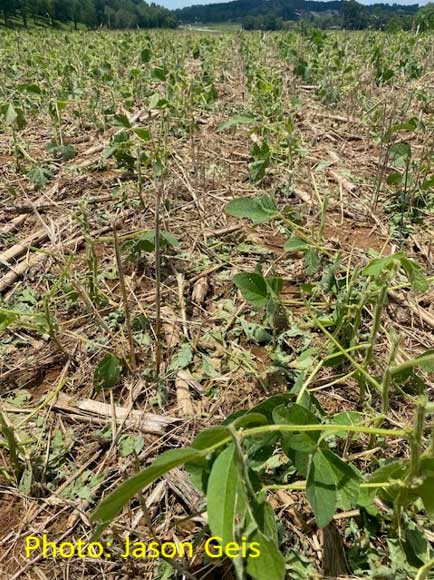
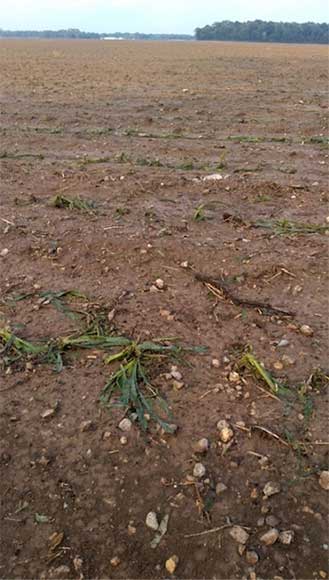
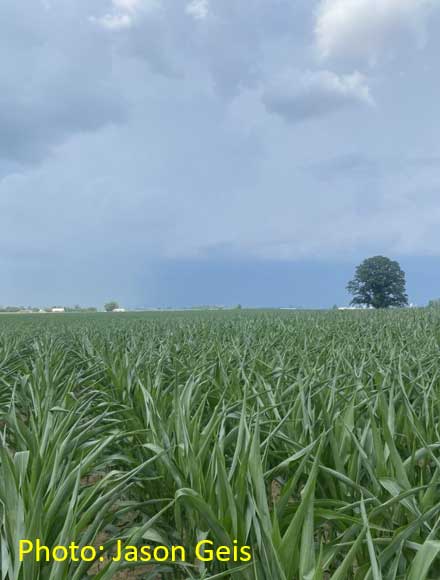
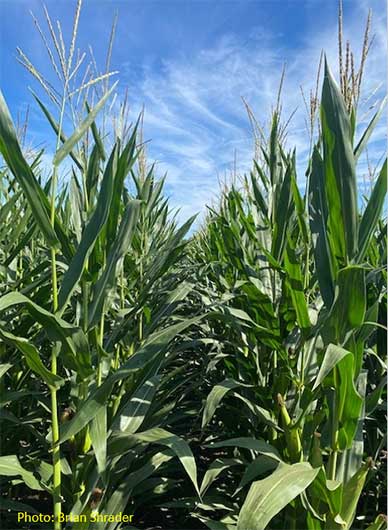
- Calvin Rupe
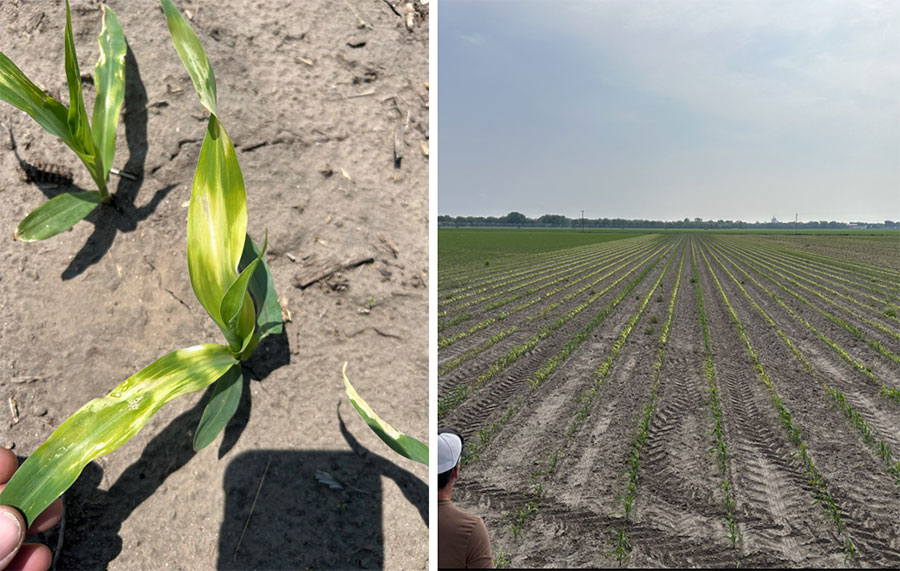
Leaves can look bleached or purely “white” when these symptoms surface.
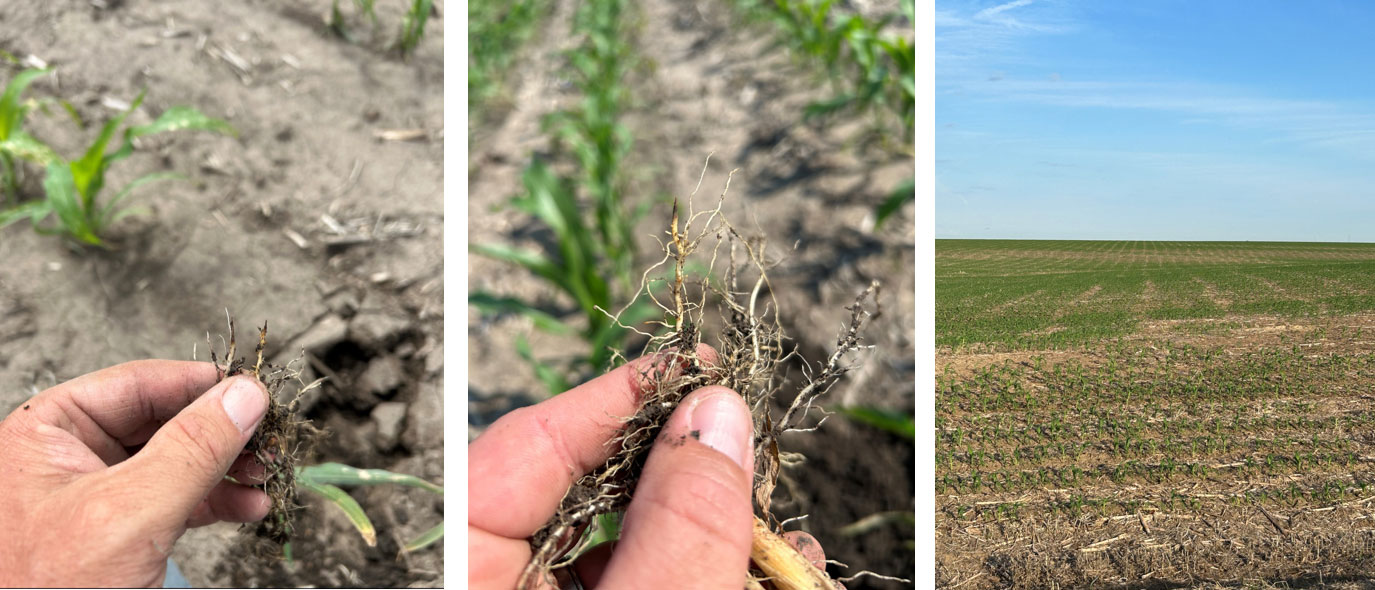
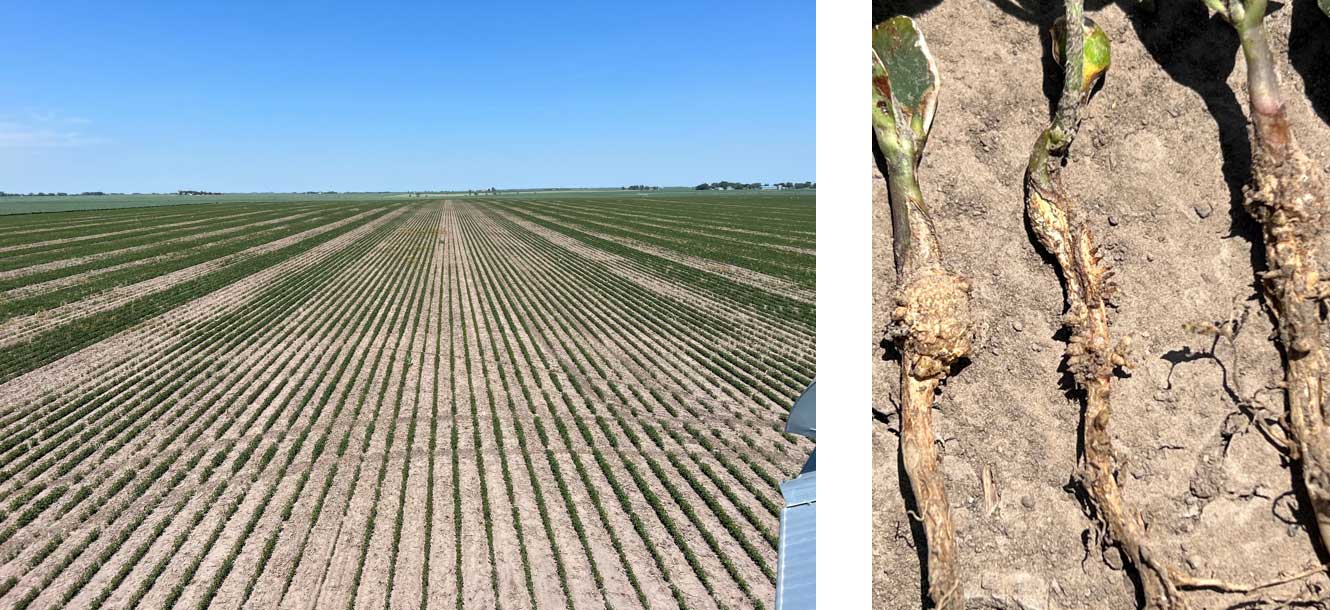
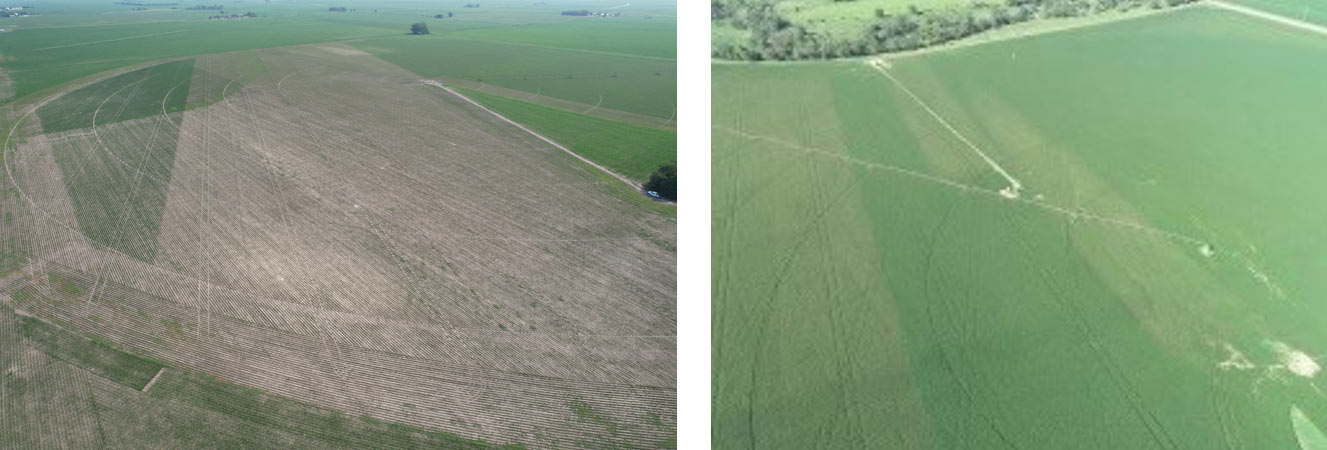
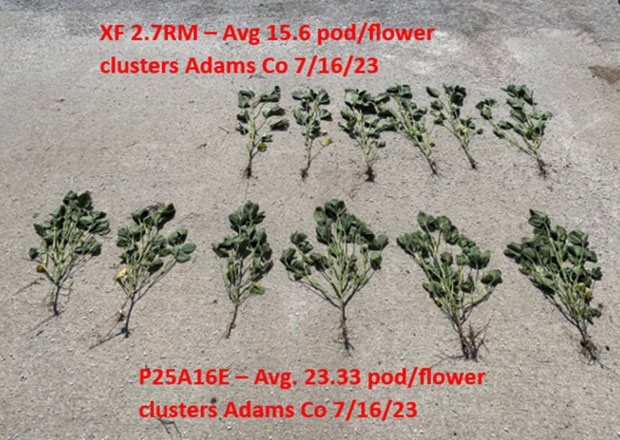

Pioneer Agronomy Sciences Leader Ken O'Brien
Follow Pioneer Instagram Stories.
Follow Twitter. (#PFTour23)
Our unmatched team of local professionals live and work in your community. They’re ready to help you select high-yielding products and provide year-round service and expertise. Have questions? Ask your local Pioneer sales representative today.
Find My Local Team

The transgenic soybean event in Enlist E3® soybeans is jointly developed and owned by Corteva Agriscience and M.S. Technologies L.L.C.
